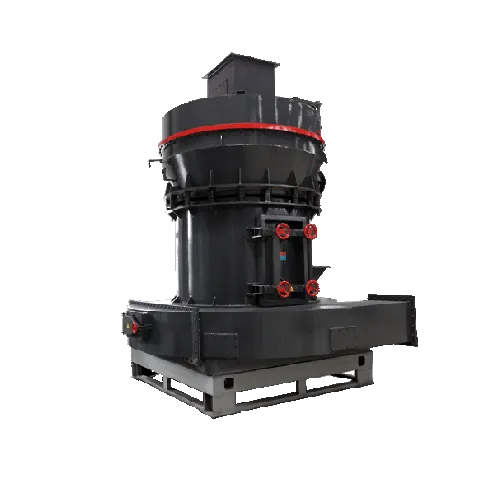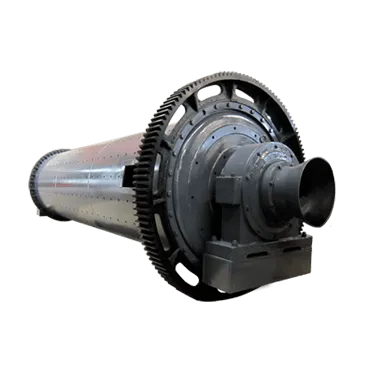Summary:1. Dry processThis is the most widely used non-metallic mineral powder surface modification process. Currently for non-metallic mineral fillers and pigments, su
1. Dry process
This is the most widely used non-metallic mineral powder surface modification process. Currently for non-metallic mineral fillers and pigments, such as heavy calcium carbonate and light calcium carbonate, kaolin and calcined kaolin, talc, wollastonite, silica powder, glass beads, aluminum hydroxide and light magnesium oxide, clay, ceramic pigments Etc., mostly using dry surface modification process. The reason is the simple dry process, flexible operation, less investment and good applicability of the modifier.
(1) Intermittent dry process
The characteristic is that the surface modification time (ie residence time) can be flexibly adjusted in a large range, but the particle surface modifier is difficult to coat uniformly, the unit product consumption is large, the production efficiency is low, and the labor intensity is high. Dust pollution is difficult to adapt to large-scale industrial production and is generally used in small-scale production.
(2) Continuous modification process
It is characterized by better dispersion of powder and surface modifier, uniform particle surface coating, less consumption of modifier per unit product, low labor intensity, high production efficiency, and is suitable for large-scale industrial production. The continuous dry surface modification process is often placed after the dry powder preparation process to continuously produce various non-metallic mineral active powders in large quantities, especially inorganic materials used in polymer-based composite materials such as plastics, rubber, and adhesives. Fillers and pigments.
2. Wet process
Compared with the dry process, it has the characteristics of good dispersion of the surface modifier and uniform surface coating, but it requires subsequent dehydration (filtration and drying) operations. It is generally used for water-soluble or hydrolyzable organic surface modifiers, and where the first stage is wet milling (including wet mechanical ultrafine pulverization and chemical milling) and the later stage requires drying, such as light calcium carbonate (special It is nano calcium carbonate), wet finely ground heavy calcium carbonate, ultra-fine aluminum hydroxide and magnesium hydroxide, ultra-fine silica, etc. The surface modification is because the slurry generated after the chemical reaction is not wet The method surface modification should also be filtered and dried. The surface modification should be carried out before filtering and drying, so that the material will not form hard agglomeration after drying and improve its dispersibility.
Inorganic precipitation coating modification is also a wet modification process. It includes processes or processes such as pulping, hydrolysis, precipitation reaction and subsequent washing, dehydration, calcination or roasting.
3. Composite process
(1) Mechanical chemical/chemical coating compound modification process
The surface modifier is added during the process of mechanical force or fine grinding and ultra-fine grinding to chemically coat the surface of the particles while reducing the particle size of the powder. The feature of this composite surface modification process is that the process can be simplified, and some surface modifiers also have a certain degree of grinding aid effect, which can improve the pulverization efficiency to a certain extent.
The disadvantage is that the temperature is not easy to control; in addition, because the particles are constantly pulverized during the modification process, new surfaces are produced, and the particle coating is difficult to be uniform. The addition of surface modifiers must be designed to ensure uniform coating and high In addition, if the heat dissipation of the crushing equipment is not good, the local high temperature rise during the process of strong mechanical force may decompose part of the surface modifier or destroy the molecular structure.
(2) Inorganic precipitation reaction/chemical coating compound modification process
The surface chemical coating modification is carried out after the precipitation reaction modification, which is essentially an inorganic/organic composite modification process. This composite modification process has been widely used for surface modification of composite titanium dioxide, that is, on the basis of precipitation coating SiO2 or Al2O3 film, titanate, silane and other organic surface modifiers are used to modify TiO2/SiO2 or Al2O3. The composite particles undergo surface organic coating modification.
(3) Physical coating/chemical coating composite modification process
After the particles are physically coated, such as metal plating or coating, the surface organic chemical modification process is performed.
Read More About



